Exact answer: Approximately 4 days
CM is the medical abbreviation used to connote cervical mucus. It is a fluid that is released by the cervix of a woman during the various stages of her menstrual cycle. Although CM discharge is common throughout the month, it is correlated with the fertility levels of a woman.
Ovulation, on the other hand, is a specific phase of the cycle when the woman’s ovaries release an egg into the fallopian tubes. This is done to attain fertilization and conception. Usually, right before ovulation, the cervical mucus discharge of the woman in question will rise, indicating that she has reached her fertility window for the month.
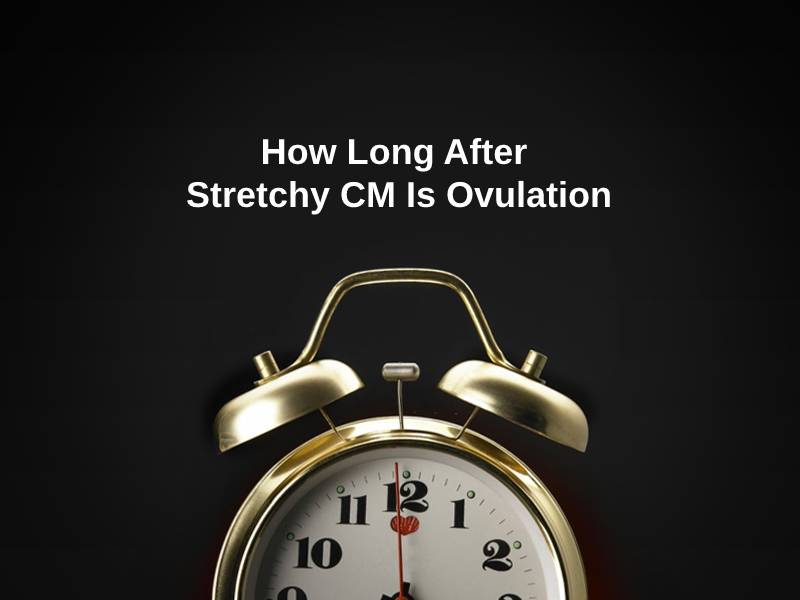
How Long After Stretchy CM Is Ovulation?
It is quite difficult to accurately predict ovulation windows in women. Each woman’s body is different and generalized predictions may not pan out for all. However, gynecologists do use certain predetermined methods to identify the most fertile time of the month for their patients. Evaluating the cervical mucus discharge of the individual is one such method.
The woman in question is asked to pay close attention to the type and color of the discharge she is experiencing especially a few days after her last period. In most cases, right after the period is over, there is no discharge. A few days later a watery discharge- that is mostly colorless- begins to appear.
According to most women, they start experiencing a stretchy, white discharge that resembles the consistency of eggs soon after the watery stage. This happens around the 10th day of the cycle. Usually, ovulation will soon follow after this type of CM discharge.
Ovulation takes place within 4 days for most women who have a 28-day cycle. Therefore, the fertility window for such women will extend from the 4th to the 17th day of their cycles. It is seminal to cognize that this general timeframe is not universal.
There are women who have shorter cycles which may range from 21 to 25 days. In such cases, the CM discharge will change into a stretchy one just 2 or 3 days before the ovulation window. It is imperative to talk to your gynecologist before you embark on this journey of determining your fertility window by evaluating CM discharges.
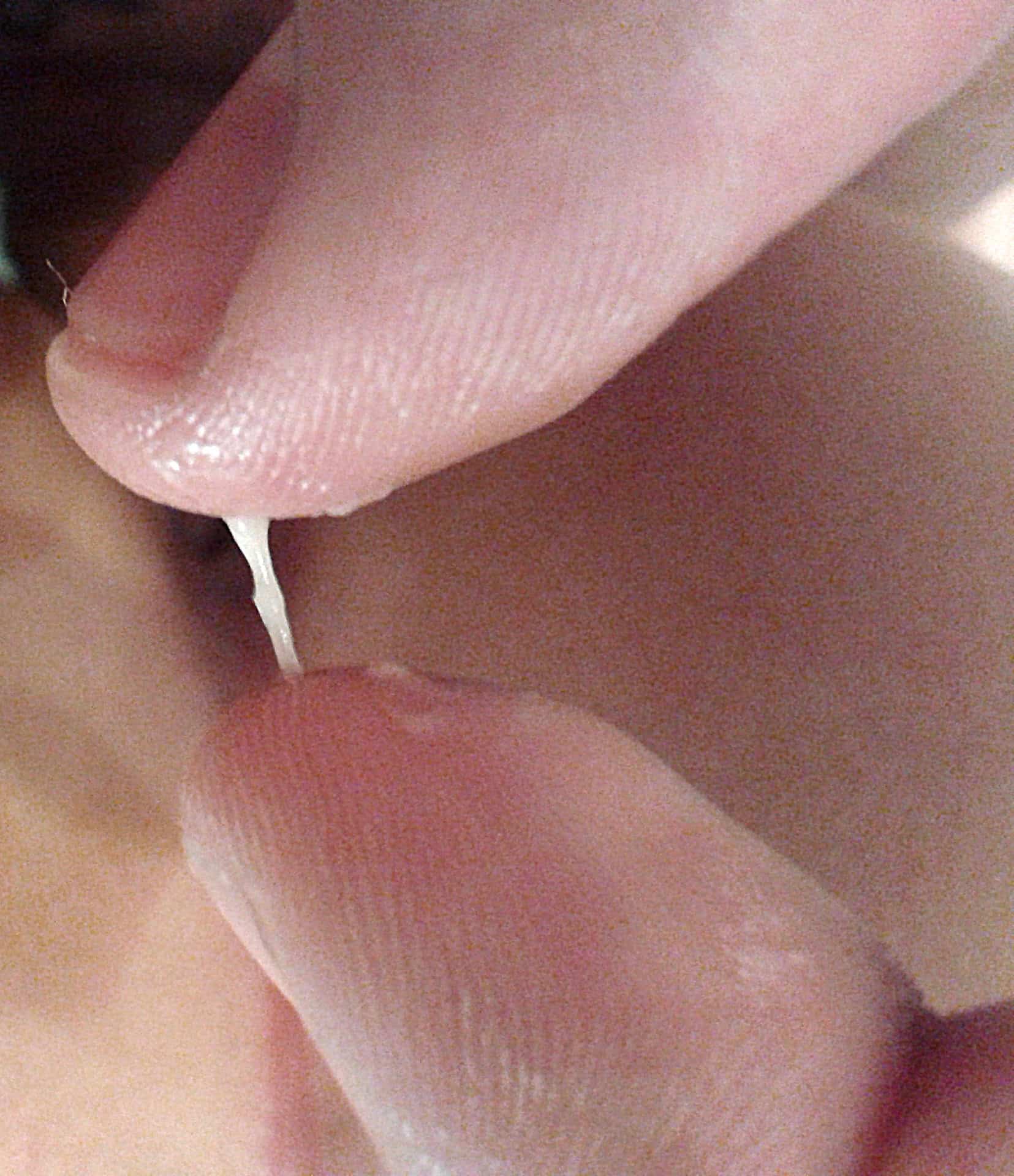
In summary:
| Cycle Length | Time Between Stretchy CM and Ovulation |
| 28 Days | 4 days |
| 21-25 Days | 2 to 3 days |
Why Does Ovulation Take Place So Soon After Stretchy CM?
Fertile CM is exemplified by a white stretchy consistency. This type of CM will invariably signal that the woman’s body is approaching ovulation. There is a clear medical connection between ovulation and this type of discharge.
Since during ovulation the body also undergoes certain hormonal changes, it is important to understand that these CM changes are associated with the hormonal ups and downs that happen within the woman’s body.
The egg ripens within a follicle inside the ovary. When this happens, automatically the estrogen levels of the woman’s body will rise. The growing follicle produces this hormone as the egg continues growing. Estrogen is in turn responsible for softening the cervix and increasing the production of CM.
This stretchy consistency is due to the estrogen hormone that is meant to help sperms survive in the cervix of the woman, enhancing the possibility of a successful pregnancy. Thus, just a few days before ovulation in a woman on a 28-day cycle, the estrogen levels increase because of the ripening egg and lead to the production of this kind of CM discharge.

However, women who have shorter cycles may experience a shorter window of fertility. The time gap between the egg ripening and the follicle rupturing will be minimal. This will automatically reduce the gap between such CM discharges and ovulation in the woman.
Women who are trying to conceive must adopt other methods of identifying their individual fertility windows each month. Apart from using the CM method, they can also use mobile applications that track ovulation cycles to better their chances of conception.
Conclusion
Fertility tracking is also done by keeping a tab on the kind of cervical discharge that has happened over the past few weeks. The color and consistency of cervical mucus also change with the stages of the cycle. Women who are trying to conceive use this method to track their fertility windows effectively.
Usually, gynecologists suggest that the cervical mucus of a woman becomes stretchy and viscous only a few days before she starts ovulating. For most women, this may mean 4 days until their active ovulation window begins. For women with shorter cycles, it may mean 2 to 3 days until ovulation.

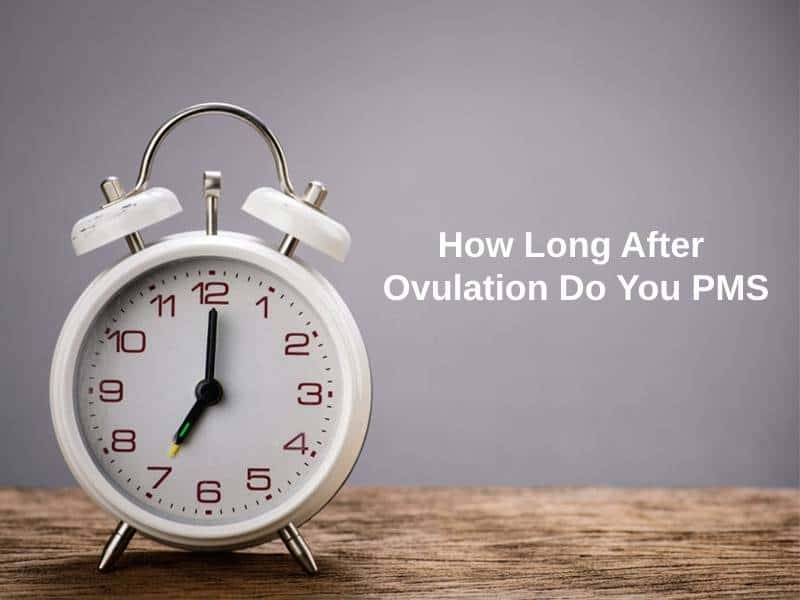
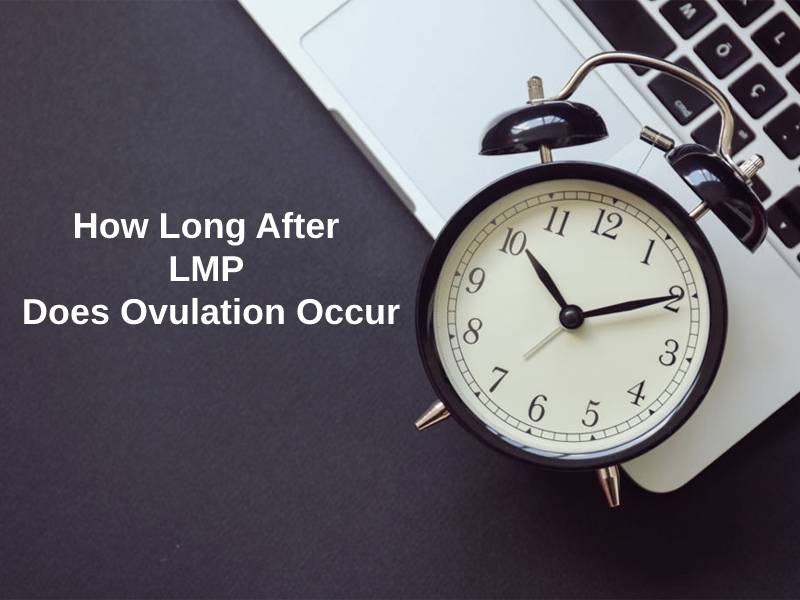
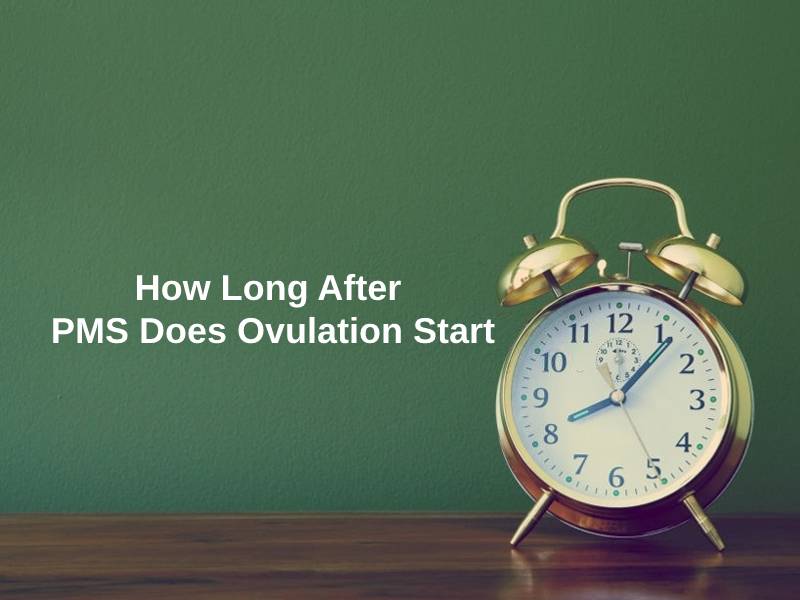
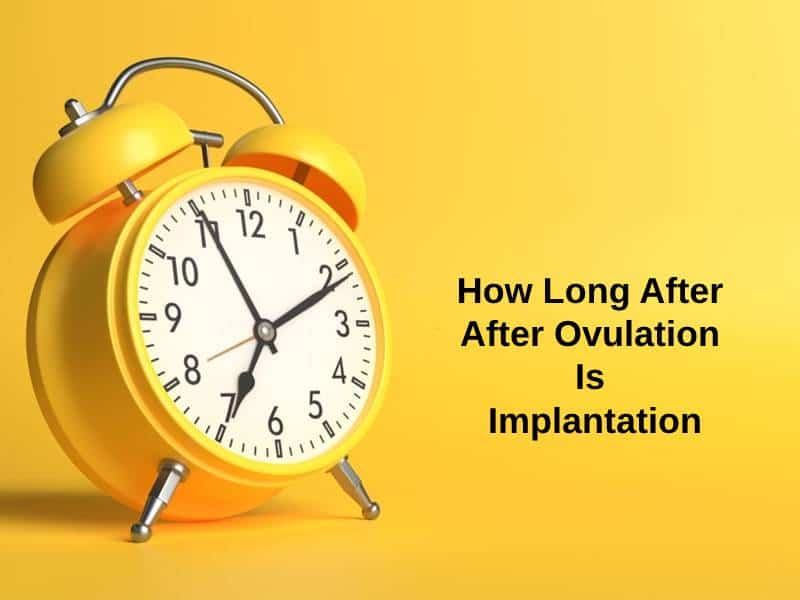
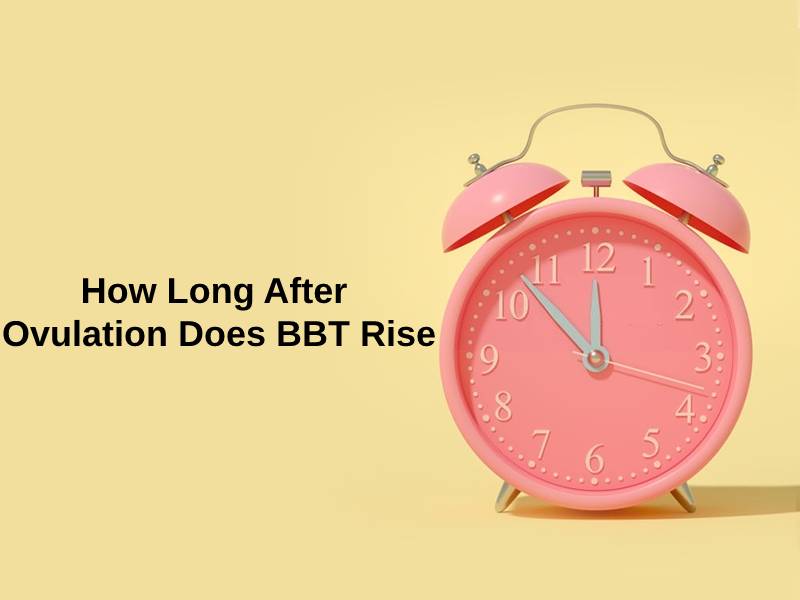
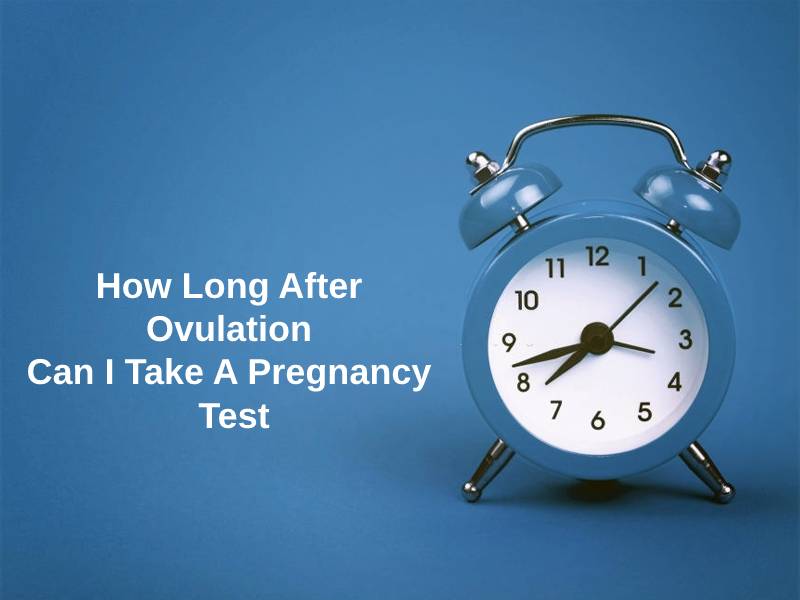
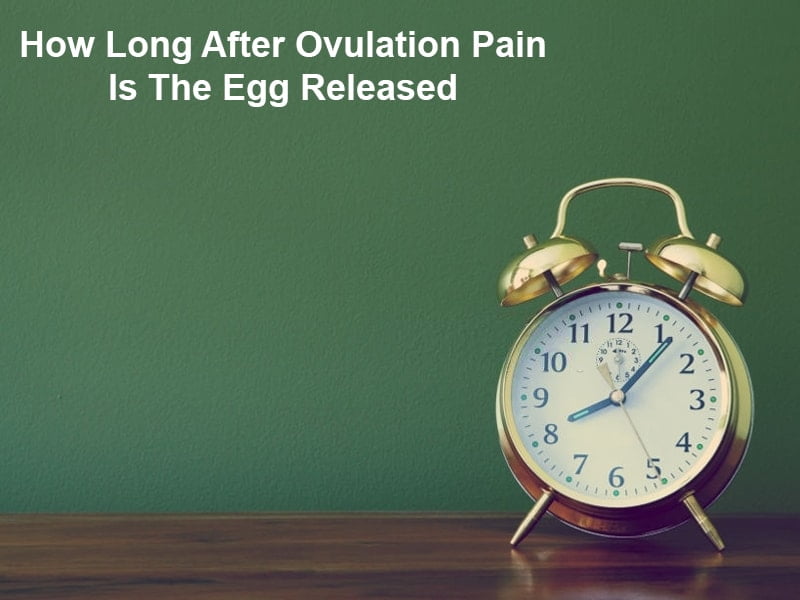
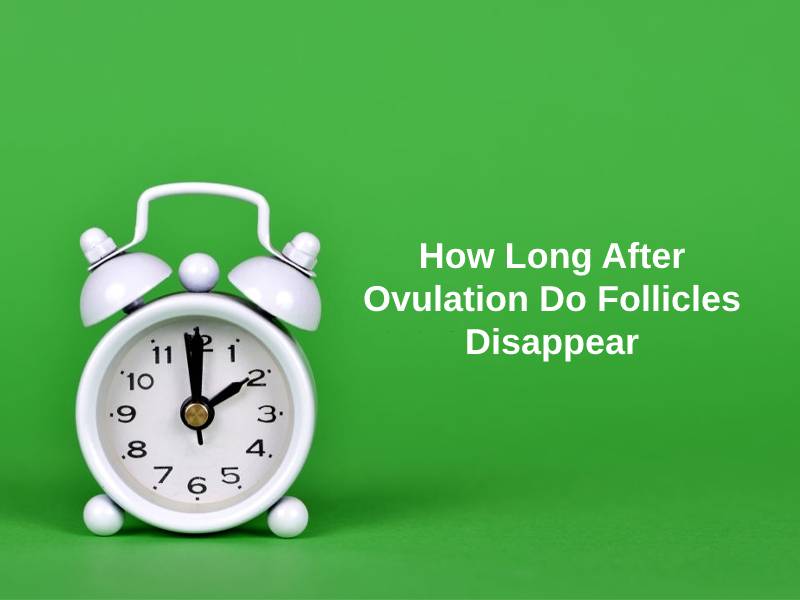
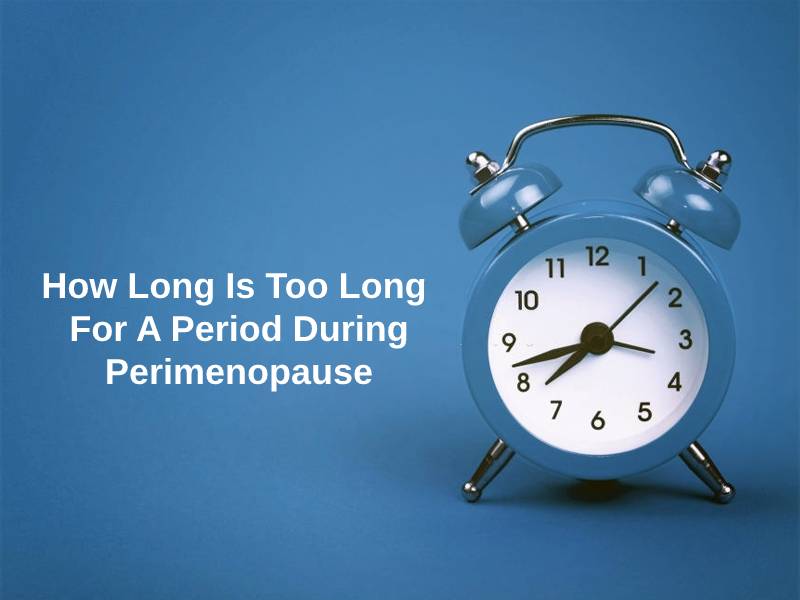











The explanation regarding the relationship between estrogen levels, cervical mucus changes, and fertility sheds light on the biological processes involved in conception.
Indeed, understanding the physiological mechanisms underlying fertility can empower women to make informed decisions about their reproductive health.
The discussion about cervical mucus changes and their significance in fertility tracking highlights the importance of personalized reproductive health care.
Absolutely, tailored medical advice is indispensable for women seeking to optimize their chances of conceiving.
This article provides valuable insight into the correlation between cervical mucus and ovulation, making it easier for women to understand their fertility windows.
The information regarding hormonal changes and their impact on the characteristics of cervical mucus is particularly fascinating.
I completely agree. It’s important to understand what our bodies are telling us in order to maximize our chances of conception.
This article is very informative and helpful for women who are trying to conceive.
I found the explanation about the connection between estrogen and the stretchy consistency of cervical mucus to be quite enlightening.
Understanding the changes in cervical mucus can certainly aid women in identifying their fertility windows accurately.
Although this article provides interesting insights, it must be noted that hormonal and menstrual cycle variations can significantly impact the accuracy of predicting ovulation based on cervical mucus changes.
Absolutely, it’s essential for women to consider various factors and not rely solely on one method of fertility tracking.
That’s a valid point. Factors such as stress and lifestyle can also influence fertility and should be taken into account.
The insights provided in this article can be instrumental in empowering women to take charge of their reproductive health and fertility journey.
Absolutely, knowledge about fertility indicators can aid women in making well-informed choices regarding conception and family planning.
It’s encouraging to see informative content that encourages active participation in understanding and monitoring fertility patterns.
The article’s emphasis on considering individual variations in menstrual cycles and hormonal patterns to accurately predict ovulation based on cervical mucus changes is noteworthy.
This article effectively emphasizes the importance of tracking cervical mucus changes as part of fertility monitoring.
It’s encouraging to see articles that enable women to take a proactive approach to understanding their fertility patterns.
Agreed, the comprehensive overview of cervical mucus and ovulation provides valuable guidance for women who are trying to conceive.
The information presented in this article elucidates the physiological indicators of fertility, enabling women to make informed decisions about family planning and conception.
I appreciate the focus on empowering women with knowledge that can positively impact their reproductive health and fertility-related choices.
This comprehensive approach to understanding fertility windows and cervical mucus changes underscores the significance of holistic reproductive health care.
The timeframe provided for ovulation based on cervical mucus changes is helpful, but it’s important for women to consult with their gynecologists for personalized guidance.
I couldn’t agree more. Every woman’s body is unique, and professional medical advice is crucial in fertility tracking.